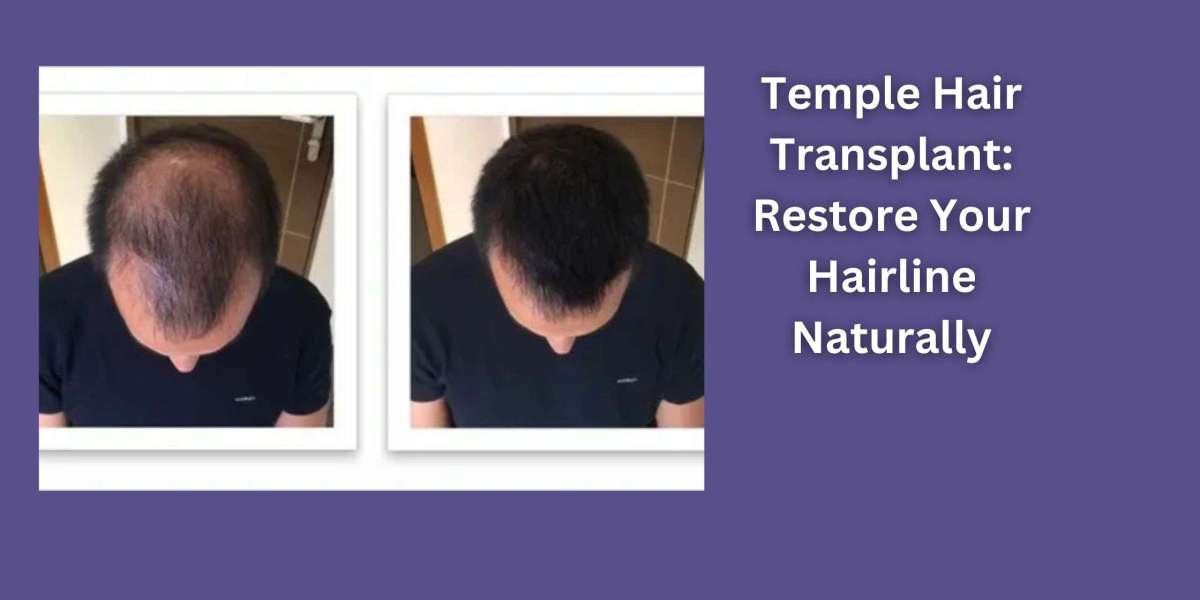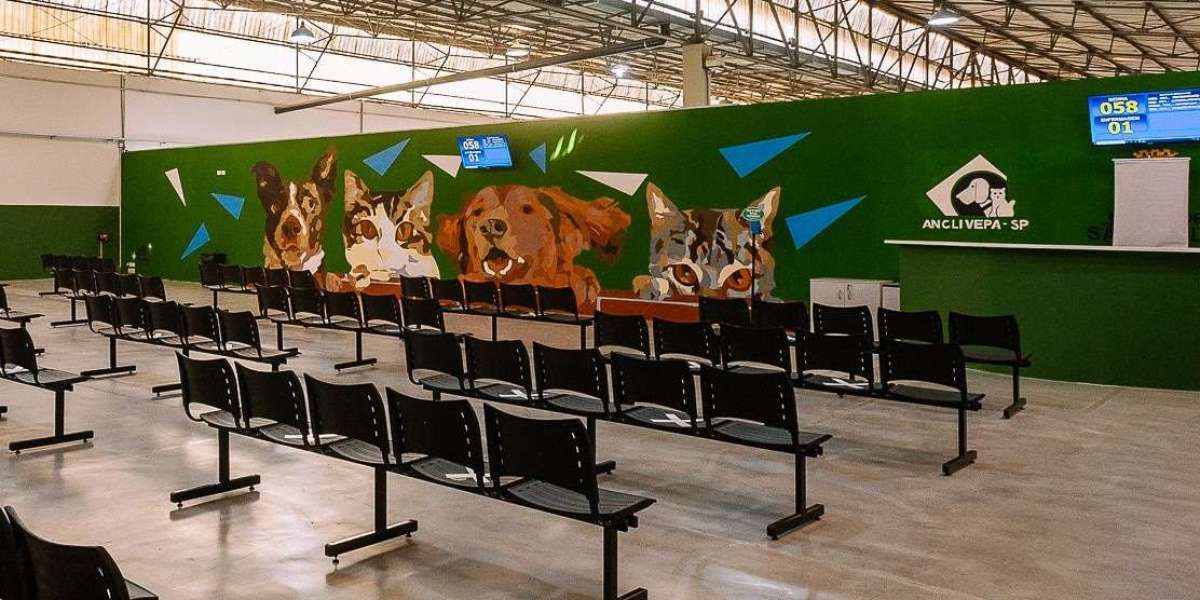Hair loss at the temples can significantly alter the appearance of your face, making the forehead look wider and affecting your overall look. A receding temple hairline is a common issue for men and women, often caused by genetics, aging, or lifestyle factors. Fortunately, a temple hair transplant offers a natural and permanent solution to restore hair in this area. A smooth and young-looking hairline can be achieved using sophisticated procedures like follicular unit extraction (FUE) or follicular unit transplantation (FUT).
Understanding Temple Hair Loss
One of the first indications of male and female pattern baldness is temple hair loss. Hormonal fluctuations, stress, poor diet, or over-styling frequently bring it on. While women may see thinning rather than entirely bald areas, male pattern baldness often starts at the temples and progresses to the crown. Temple hair transplant is an effective way to address this issue and restore lost density naturally.
What Is a Temple Hair Transplant?
A temple hair transplant is a specialized procedure that focuses on restoring hair in the temple area to create a balanced and youthful hairline. Unlike a full hair transplant that covers the crown or entire scalp, this treatment targets areas where hair loss is most noticeable. By using donor hair from the back of the scalp, skilled surgeons can implant healthy hair follicles into the temple region, ensuring natural growth over time. This procedure is ideal for those experiencing localized temple recession rather than complete baldness.
The Temple Hair Transplant Procedure
The temple hair transplant procedure involves several steps:
- Consultation and Hairline Design: The surgeon assesses the severity of temple hair loss and designs a hairline that complements the patient's facial structure.
- Donor Hair Extraction: Using the FUE or FUT technique, hair follicles are harvested from the back or sides of the scalp.
- Graft Preparation: Extracted follicles are carefully sorted and prepared for transplantation.
- Implantation Process: The surgeon implants the grafts into the temple area following a natural growth pattern.
- Recovery and Healing: Initial healing takes about 7-10 days, and new hair growth starts within three to four months.
Natural Hairline Design for a Seamless Look
Achieving a natural-looking hairline is crucial for successful temple hair transplant results. Surgeons carefully angle and place the grafts to mimic natural hair growth, ensuring a soft and undetectable transition between transplanted and existing hair. The density and positioning of the grafts are also critical factors in making the results look completely natural. The goal is to create a youthful and symmetrical appearance without an artificial or overly straight hairline.
Recovery and Aftercare
After a temple hair transplant, proper aftercare is essential for optimal results. Patients may notice mild swelling, redness, or scabbing in the treated area, which usually resolves within a week. Post-operative care includes:
- Avoiding strenuous activities for at least a week
- Maintaining a clean scalp and taking prescription drugs as directed
- To lessen swelling, sleep with your head up.
- Avoiding direct sun exposure and wearing a hat if necessary
- Hair growth typically takes 9-12 months, with visible improvements noticeable within the first six months.
Results and Long-Term Expectations
A temple hair transplant provides long-lasting and natural-looking results. Since the transplanted hair is taken from donor areas and is resistant to hair loss, it continues to grow for a lifetime. Over time, patients can style their hair naturally without worrying about bald patches or recession at the temples. However, maintaining overall hair health through proper nutrition, hair care routines, and stress management is essential to preserving the results.
Is a Temple Hair Transplant Right for You?
A temple hair transplant is ideal for individuals experiencing temple recession due to genetic baldness, aging, or hair damage from styling. Candidates should have reasonable expectations for the result and enough donor hair for transplantation. For better outcomes, some people may benefit from alternate treatments like PRP therapy or scalp micro pigmentation, while others with significant hair loss may require further surgeries. Consulting a qualified surgeon can help determine the best action based on individual needs.
Choosing the Right Clinic and Surgeon
The effectiveness of a temple follicle transplant depends on choosing a surgeon who is both reputable and competent. Crucial elements to take into account include:
- The surgeon’s expertise and experience in hair restoration
- Patient testimonials and before-and-after photos
- The use of advanced hair transplant techniques
- Personalized consultation and treatment planning
- A skilled surgeon ensures proper graft placement, natural-looking results, and minimal scarring, making a significant difference in the overall outcome.
Conclusion
A temple hair transplant is a reliable and permanent solution for restoring hair loss in the temple region. Whether caused by genetics, aging, or lifestyle habits, temple recession can significantly impact a person’s confidence and appearance. With modern hair restoration techniques, achieving a natural and youthful hairline that enhances facial harmony is possible. If you are considering a temple follicle transplant, consulting an experienced specialist is the first step toward achieving your desired results. Beverly Hills Hair Restoration is a leading clinic that offers state-of-the-art hair transplant procedures, ensuring natural and lasting hair restoration outcomes.








